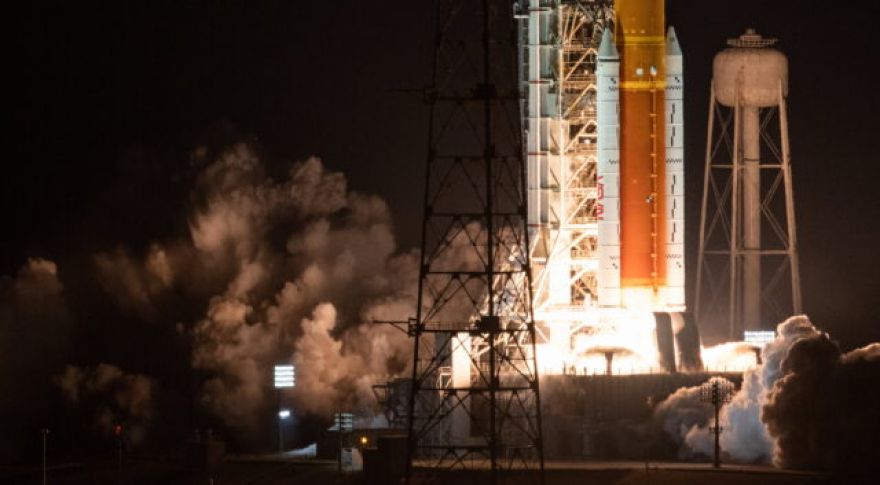
Hello, lovelies, and welcome back to the best Friday space news roundup this side of LEO. This week, we’ve got updates aplenty from NASA. The agency’s CAPSTONE cubesat has entered lunar orbit. Faulty calibration on the James Webb Space Telescope is forcing astronomers to revise their reports. We’ve also got reports of a space “garbage truck” that just wants to hug space junk to death, a video of a mysterious “solar snake” winding across the Sun, and much more. But we’re going to start off with the biggest story of the week, by far. Liftoff! Artemis 1 Takes Flight
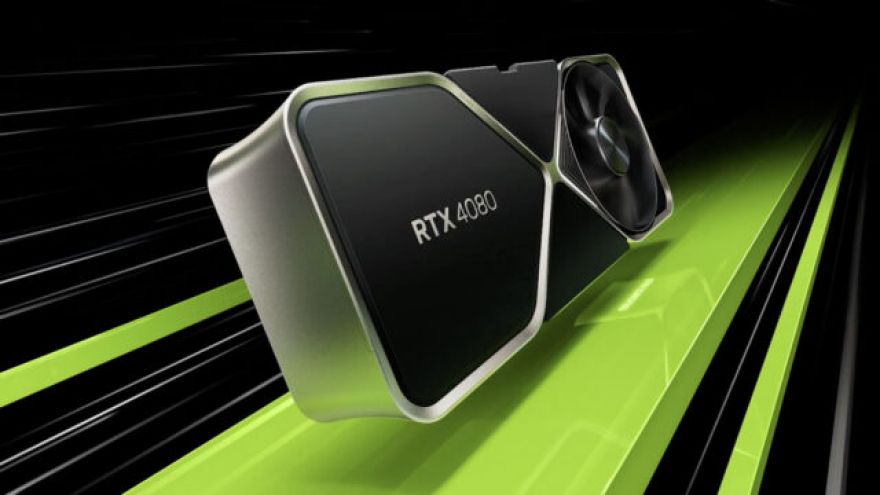
With the pandemic winding down and crypto mining all but dead, gamers thought it might once again be easy to buy a high-end GPU. And, maybe prices would be reasonable, too. As it turns out, we were wrong about both of those situations. Case in point: Nvidia’s flagship RTX 4090 was almost impossible to buy when it launched recently, even at $1,599. Despite there being plenty of add-in boards to choose from, the bots seemingly snagged the lion’s share and tossed them up on eBay. With the less expensive RTX 4080 launching next week at $1,199, some people thought they might settle for this GPU instead.

Not all of us are looking for an augmented or virtual reality setup that costs hundreds, has to be tethered or charged in advance, or comes with a steep learning curve. There’s no shortage of these types of products on the market; meanwhile, some of us want to dabble in AR and VR without breaking the bank or rearranging our living rooms. It’s a relief, then, that we’re starting to see products like the HoloKit X: a headset said to employ existing Apple technology to provide an easy yet impressive AR experience. Developed by a startup called Holo Interactive in New York City, the HoloKit X leverages the user’s iPhone (and, if they have one, their Apple Watch) to insert virtual elements into the real world.

(Photo: Chuttersnap/Unsplash)Thanks to a new combination of nerve stimulation and physical therapy, a group of people with severe or complete paralyzation have regained their ability to walk. Research out of Switzerland has identified the specific nerve groups that can be “reactivated” by electrical stimulation to restore motor function, changing the lives of those who once thought they’d never walk again. Paralysis is often the result of a spinal cord injury. When the spinal cord experiences a severe physical trauma, neurons are damaged, which sometimes leads to a reduced or complete loss of ability to transmit signals from the brain to other parts of the body (and vice versa).
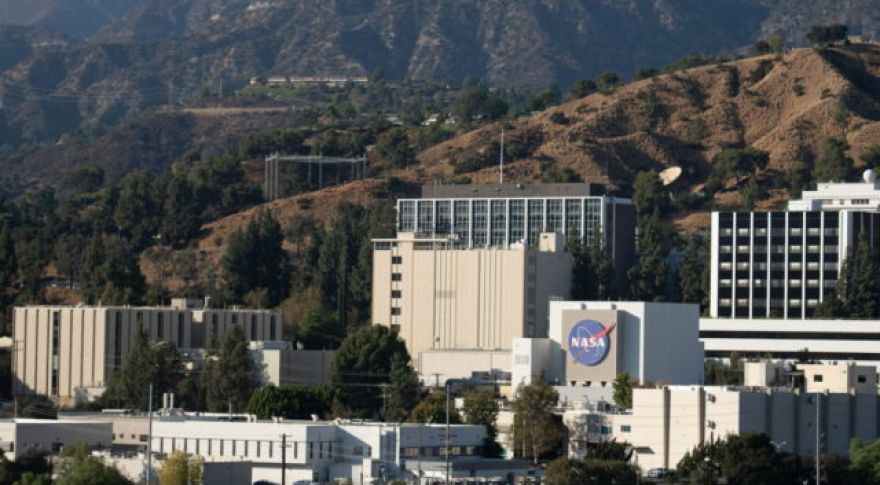
An independent review of problems that delayed the launch of NASA’s Psyche asteroid mission has also uncovered broad institutional issues at the agency’s Jet Propulsion Laboratory at Caltech. JPL is struggling with an unprecedented, overwhelming workload, and its resources are clearly spread too thin. Psyche was originally supposed to launch with Artemis 1, on Aug. 29 of this year. But a host of problems, including the SLS missing its own launch window, conspired to delay the mission. Orbital mechanics decree that the comes in October 2023. So, the agency convened an independent review board led by retired aerospace exec and former NASA administrator Tom Young, to do some root-cause analysis on the delays.
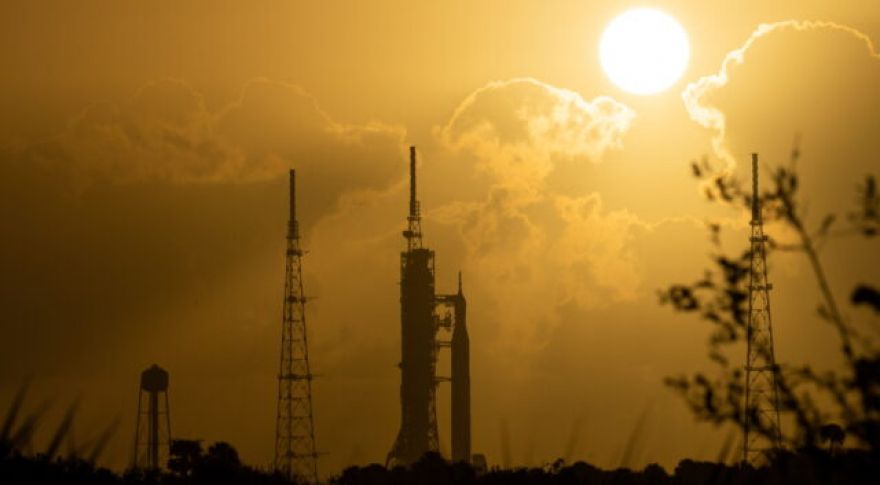
Hello, everyone, and welcome back to This Week in Space. We’ve got the best of this week’s space news, as usual. But first, we’d like to start with a note in celebration of Veterans’ Day. It takes great courage to put yourself on the line for your country and your fellow citizens. It also takes great courage to put an end to the fighting. This holiday has its roots in another holiday, Armistice Day, which commemorates the end of the first World War. We might have kept calling it Armistice Day, but war broke out again, just 20 years after the end of the Great War.
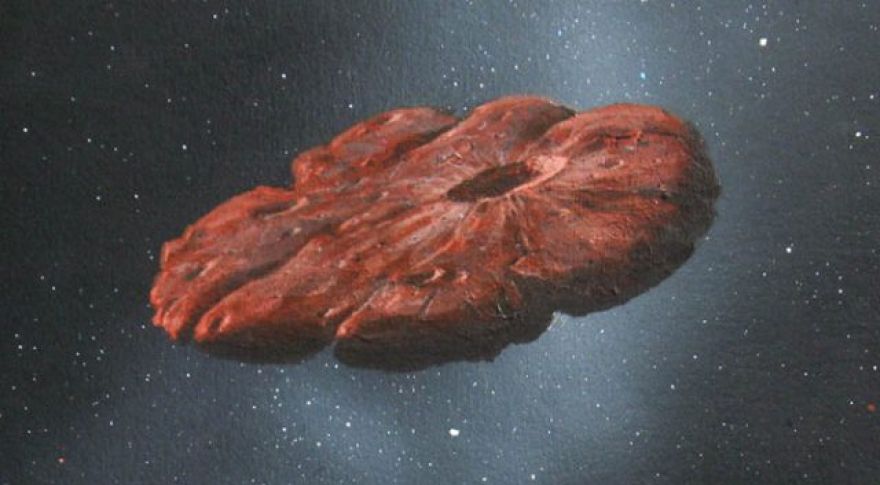
It has been five years since astronomers spotted our first confirmed interstellar visitor, but even with the benefit of hindsight, no one is exactly sure what was. This mysterious visitor is too far away to investigate, but it might be possible to prepare for the next one. A new study proposes a plan for intercepting future interstellar objects, which could confirm important details about their composition and origins. And who knows, maybe we’ll find something decidedly technological. The discovery of ‘Oumuamua as it zipped past Earth captured the attention of astronomers all over the world. It was the first time we were able to track something that originated in another solar system.
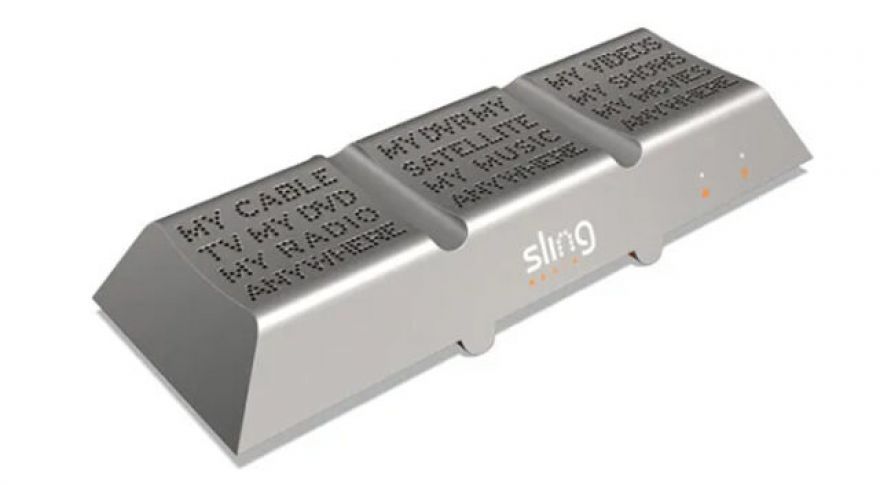
Today, you can fire up any number of streaming video services and watch content instantly on a supercomputer that lives in your pocket, but things weren’t always so easy. In 2005, the Slingbox gave us a preview of a streaming video world, and this iconic device is now history. Sling has disabled the Slingbox servers, rendering the plucky set-top box little more than a doorstop. The Slingbox was born in an era when cable was still king, and TV providers were actively avoiding online streaming. Founders Blake and Jason Krikorian came up with the idea as a consequence of their San Francisco Giants fandom.
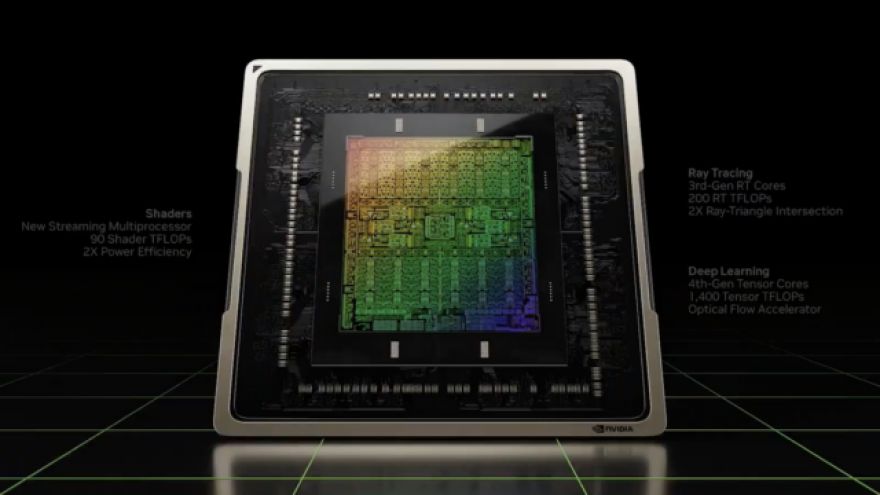
Nvidia’s RTX 4080 16GB will officially launch next week on Nov. 16. As the slightly more affordable 40-series GPU, there’s strong interest in its gaming chops. Now some preliminary benchmarks have been released showing it could indeed be a very powerful GPU. You , but it’s still interesting to see where it stands. It’ll be even more interesting to see how it fares against AMD’s RDNA3 GPUs. Sadly those aren’t launching until Dec. 13, so we’ll need to be patient. The RTX 4080 16GB benchmarks were posted by , which didn’t reveal their sources. They only note they have acquired them.









